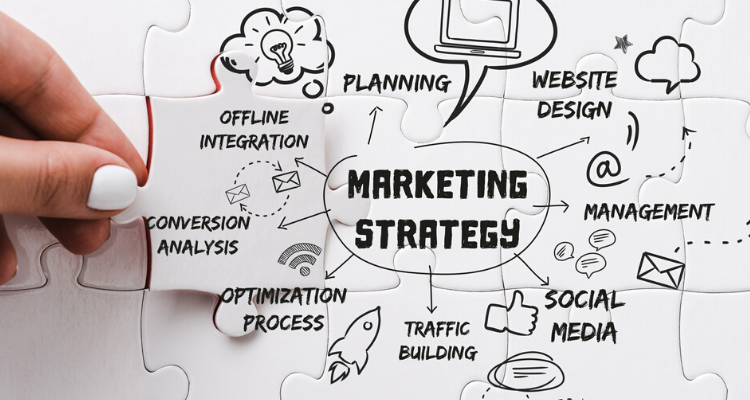Marketing a product is more than just showing it to the world—it’s about creating a story that resonates, solving real problems, and guiding people to make the decision to buy. In today’s competitive market, consumers are bombarded with endless options. To stand out, you need a clear marketing strategy that not only attracts attention but also builds trust and inspires action.
In this post, we’ll break down practical steps on how to market a product effectively and persuade your audience to buy.
1. Understand Your Target Audience
Before you can market anything, you must know who you’re talking to.
-
What are their pain points?
-
What desires motivate them?
-
Where do they spend time online?
When you understand your customer’s mindset, you can tailor your product presentation to feel like the solution they’ve been waiting for.
2. Create a Compelling Value Proposition
Ask yourself: Why should people buy from you instead of someone else?
Your value proposition should highlight:
-
The problem you solve
-
The unique benefits of your product
-
The transformation customers will experience after buying
Example: Instead of saying “Our cream moisturizes skin,” say “Get softer, glowing skin in 7 days—without harsh chemicals.”
3. Use Storytelling to Sell Emotionally
People don’t just buy products—they buy feelings, experiences, and solutions. Storytelling helps you connect on a deeper level.
Tell stories that show:
-
How your product has helped others (testimonials, case studies).
-
A personal journey that inspired the creation of the product.
-
The future transformation your customer will enjoy after using it.
4. Build Trust with Social Proof
Consumers trust what others say about your product more than what you say yourself. To persuade buyers:
-
Showcase reviews, testimonials, and case studies.
-
Share before-and-after results.
-
Highlight endorsements or expert opinions.
The more proof you provide, the less hesitation your audience will feel.
5. Craft a Strong Call to Action (CTA)
A product can be amazing, but without a clear direction, people won’t act. Every piece of marketing content should end with a CTA:
-
“Click here to order now.”
-
“Sign up today and get 20% off.”
-
“Don’t wait—limited stock available.”
Use urgency, scarcity, and clarity to guide customers to the next step.
6. Leverage Multiple Marketing Channels
To maximize reach and persuasion, use more than one channel:
-
Social Media – Engage your audience with videos, reels, and testimonials.
-
Email Marketing – Build trust with personalized messages and special offers.
-
Content Marketing – Blogs, guides, and tutorials that position you as an expert.
-
Influencer Partnerships – Use trusted voices to amplify your message.
The key is consistency—your message should feel the same across all platforms.
Final Thoughts
Marketing a product successfully is about understanding people, telling the right story, proving your value, and guiding them to act. If you consistently combine empathy with strategy, your product won’t just sell—it will build loyalty and long-term success.

